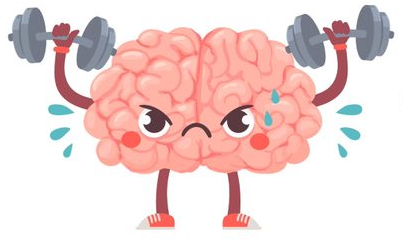REWIRING FOR RESILIENCE
Strength Training For Your Brain:
reduce the negative effects of stress
increase focus and productivity
improve outcomes in all areas of life
The Practices
We recommend you practice regularly between sessions to get the most benefit from this training. You get to decide the exact amount of time you want to spend, but research supports 8 to 12 minutes most days as an effective minimum. Each week, we’ll provide a couple of recorded practices for you to use.
You can download and/or print this log to keep track of your practice and monitor your progress.
Week Three
This 6-minute practice plays on a concept from Joan Halifax, PhD, that you can create a sense of “having your own back” by bringing strength and attention to the back of the body.
Especially during times of stress, we tend to look outside ourselves for comfort and security. This practice cultivates an awareness of the internal resources we always have on hand to soothe ourselves.
This Week’s Micropractices
“Only this moment”: As you breathe in and out, say these words aloud or in your head. On the inhale: “Only”; on the exhale: “this moment.” Repeat this for several breaths. Doing this actually sends blood to the area of the brain that houses your impulse control center, reducing anxiety and that feeling of being caught by the emotion of a moment.
R.A.I.N.: This acronym, popularized by mindfulness teacher Tara Brach, PhD, encourages us to take a pause and Recognize what is happening in the moment; Allow it to just be; Investigate our response with interest and care; and Nurture ourself with compassion.
Count: This version of the simple micropractice from last week takes it further with instructions to count on your fingers things you feel grateful for in the moment. It may be a sunny day, your family or a favorite pet, or something more difficult to define, such as the feeling around connecting with a like-minded community.
Week Two
This 6-minute practice is a basic toes-to-head body scan, intended to help you reconnect to your physical self and relax, without judgment, any tense areas in the body.
This 5-minute practice helps us cultivate self-awareness by focusing attention on body sensations — especially helpful because those sensations aren’t in the future or the past. They’re right here in the present.
This Week’s Micropractices:
That’s interesting: Each time you have a thought that could knock you into a cycle of rumination or incite the judgment of your inner voice, such as when you compare yourself to others, try saying, “That’s interesting.” Then notice if anything happens.
Find your feet: Take a moment to simply notice your feet, barefoot or in your shoes, flat on the floor or up on the coffee table. Wiggle your toes, feel the weight of your boots or shoes, press your heels into the ground.
Count on your fingers or count objects in your view: Uncertainty causes stress. Counting calms the brain because it produces the sense of security that comes from being able to predict what’s next.
Week One
This is a simple 5-minute practice using your breath as the anchor. When your mind wanders, which it will, gently escort your attention back to the breath.
Through this 5-minute focused-attention practice, we continue to develop an awareness of the simplest act — breathing.
This Week’s Micropractices:
Three deep breaths: Think of this as your built-in equalizer. You can use it as a transition between tasks or meetings or patients. Breathing activates soothing neuro chemicals, so it’s a healthy way to calm yourself down.
PBR: Use this acronym to remember Pause. Breathe. Repeat. Each time you do it, try to lengthen the exhale.
Brain game: Use your non-dominant hand to pick up something — your phone, a pen, your keys, chocolate — repeating the action at least three times (and up to 30 if you wisely choose chocolate as your target).
Hand warmer: Rub your hands together to generate warmth. Notice any sensations or changes you experience.
The Good News: Neuroplasticity
The brain’s ability to adapt
Our cell phones and computers regularly receive software updates, right? But in order to improve the actual hardware, we’d have to get a new phone or a new computer.
Thanks to the work of neuroscientists, especially over the last several decades, we now know that our brains receive continual software updates AND hardware updates. Studies using MRI imaging show actual positive changes in the brain when people engage in regular mindfulness practice.
This short video on neuroplasticity explains the process.

